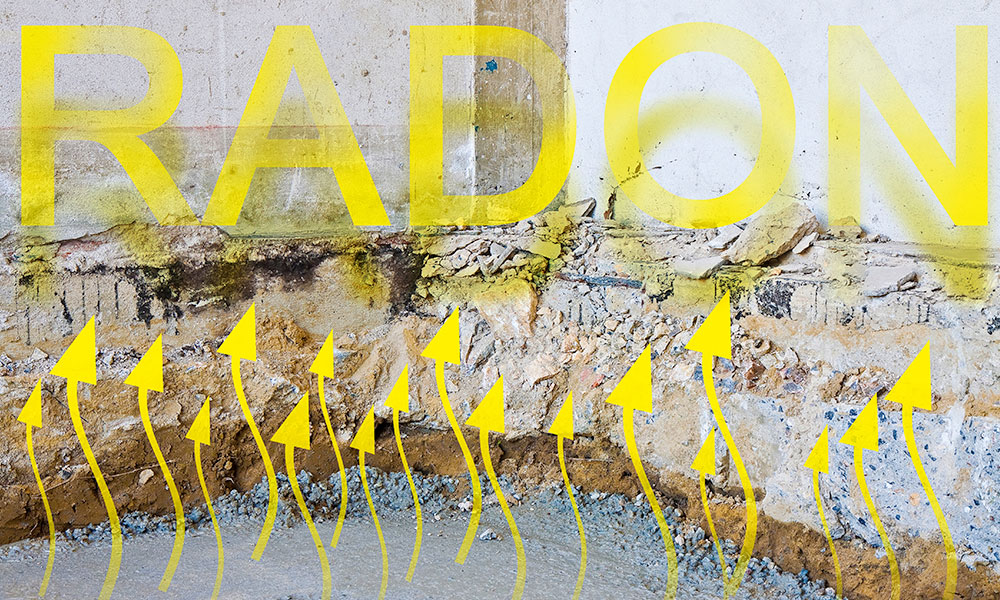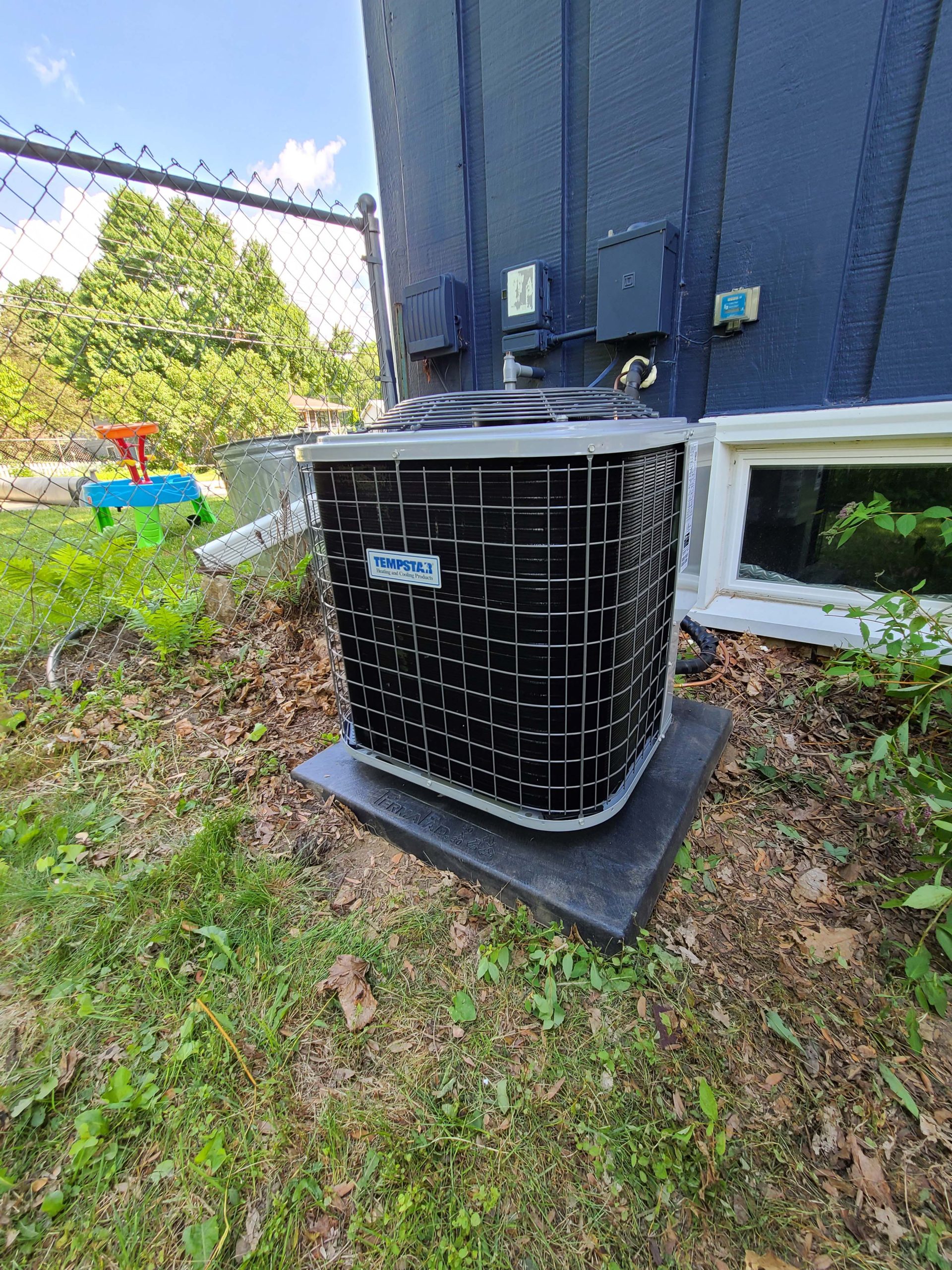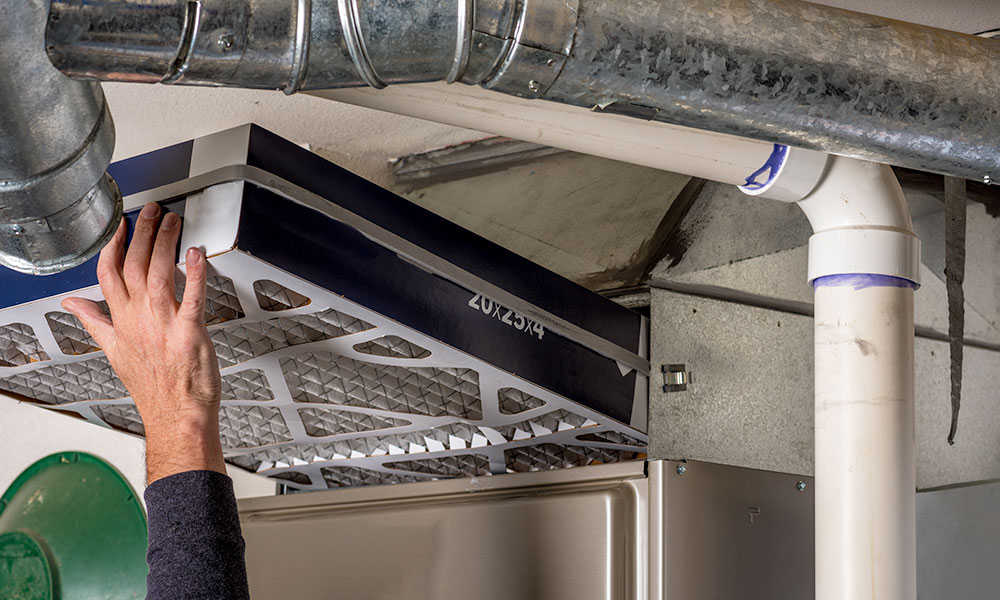While you can certainly visit your local hardware store and grab an inexpensive test off the shelves, a more comprehensive (and reliable) option is to have a certified professional test your home for radon. If you’re buying a home, often it can be packaged with a home inspection, making it quite affordable for the results.
What is radon and why should I worry about it?
Radon is a radioactive gas that forms naturally when uranium, thorium, or radium (which are radioactive metals) break down in rocks, soil and groundwater. According to the EPA, radon is the second leading cause of lung cancer behind smoking. The impacts increase if you’re a smoker or are exposed to secondhand smoke as well. Inhaling radon goes straight to your lungs, exposing you to radiation.
There is a safe amount of radon in the outside air. Radon permeates from the ground and becomes dangerous when it’s then trapped in your home. Outside, it is so heavily diluted that it poses no harm.
There is also no peace of mind just because you’re in a new home or have a basement. All types of construction are susceptible to radon exposure. The basement or crawl spaces are the most likely to have the highest levels, so extra caution needs to be taken when these spaces are utilized in homes.
How common is radon in Wisconsin?
Wisconsin Department of Health Services estimates 1 in every 10 homes in our state has high radon levels. The winter months of October through April pose a more serious risk with the house being closed off. As a temporary solution, if you sense there is an elevated radon exposure, you can reduce the threat simply by opening windows, which improves air circulation and ventilation, helping move radon out of the house and mixing radon-free outside air with indoor air. Make sure all your basement windows are open as well.
The EPA suggests radon mitigation for radon levels at or above 4.0 pCi/L since it is known to cause lung cancer. Know your radon number. The only way to know if you and your loved ones are safe from radon, a colorless, odorless, silent killer, is to test for it. It’s easy, inexpensive, and may save your life.
What should I do if my radon number is concerning?
Installing a radon mitigation system that reduces radon levels in your home can help to expel the gas from your home to keep concentrations low. The system typically consists of a pipe that is sunk through your basement floor and into the soil beneath, then continues upward through your home to an exit point on the roof. Depending on your home’s footprint, it may exit the basement and continue upwards along the outside of the house.
An exhaust fan is attached to the pipe which draws air from under the ground, through the pipe, and out the other end. The basic idea is to divert radon from the ground through the pipe and allow it to safely dissipate in the air outdoors instead of becoming trapped in your living spaces.
We are here to test your home and help abate any radon concerns. Latitude.43 is your trusted radon-testing and mitigation partner.





